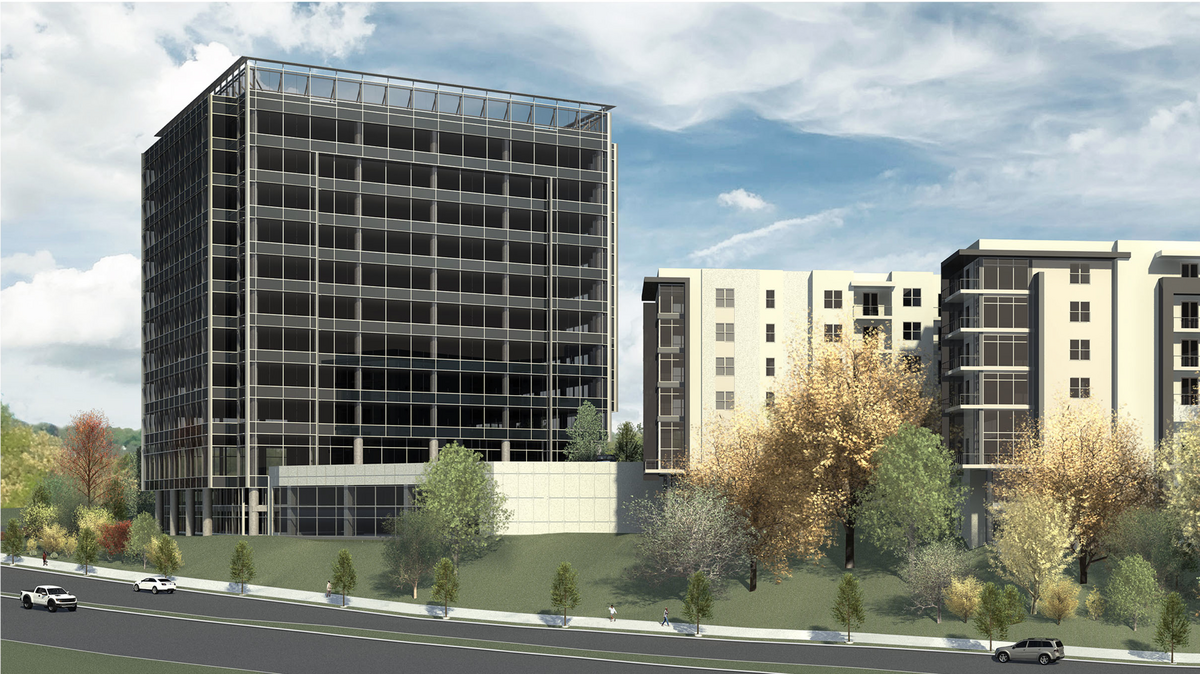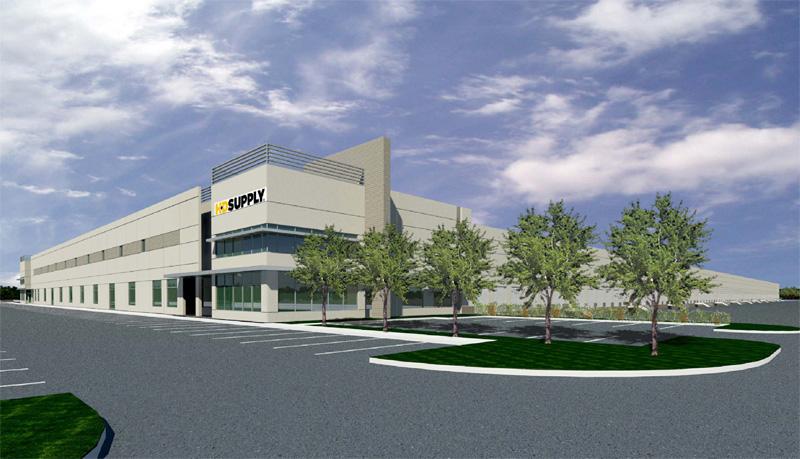

Most microgrids are developed from existing infrastructure and generation. But rather than simply hook up more backup generators, Oncor decided to make the SOSF a test bed for the next generation of microgrid architecture it wants to help its customers deploy. The SOSF needs high reliability for its critical loads, as even occasional outages represent a problem. It is also the site for Oncor’s Advanced Metering System testing as well as a telecommunications operations center and transformer repair facility. The SOSF in Lancaster, just south of Dallas, is a mixed-use campus that primarily supports Oncor’s environmental operations, where used components are recycled, repaired, and refurbished. As a grid operator, Oncor is barred from owning commercial generation it must buy the electricity it sells its customers on the wholesale market. It serves approximately 7.5 million customers in more than 3 million homes and businesses across the state through 121,000 miles of distribution lines. Oncor is the largest regulated electricity delivery firm in Texas and the sixth largest in the U.S. At about 1,000 kW, the SOSF microgrid is not especially large, but it’s the way Oncor incorporated multiple types of renewable and conventional generation, energy storage, and sophisticated controls into a fast-responding, redundant, multi-layered system that earns it POWER’s 2015 Smart Grid Award. And to help make it happen, Oncor went and built one of its own at its System Operating Services Facility (SOSF) outside Dallas. Texas transmission and distribution (T&D) company Oncor is ready to help its customers start rolling out those kinds of microgrids.


Tying it all together into a flexible, integrated system that can operate cleanly and reliably regardless of the state of the larger grid has been a challenge because of high costs and the requirements of balancing intermittent renewable generation. But it’s one thing to generate renewable energy on site it’s quite another to be able to fall back on it when the grid goes down. Quite a few commercial facilities sport their own solar panels, some of them even reaching megawatt scale. Traditionally, meeting that need often began and ended with an emergency diesel generator, but with emissions regulations and fuel costs making diesel less attractive, other options such as microturbines and renewable generation have begun making inroads. Having a 100% uninterruptible power supply for a commercial facility is far from a unique requirement. Looking to ensure reliable power for a critical facility-as well as move the needle on microgrid technology-Texas’s largest transmission company went all-in on a state-of-the-art demonstration project that sets a new standard for future smart grid deployments.


 0 kommentar(er)
0 kommentar(er)
